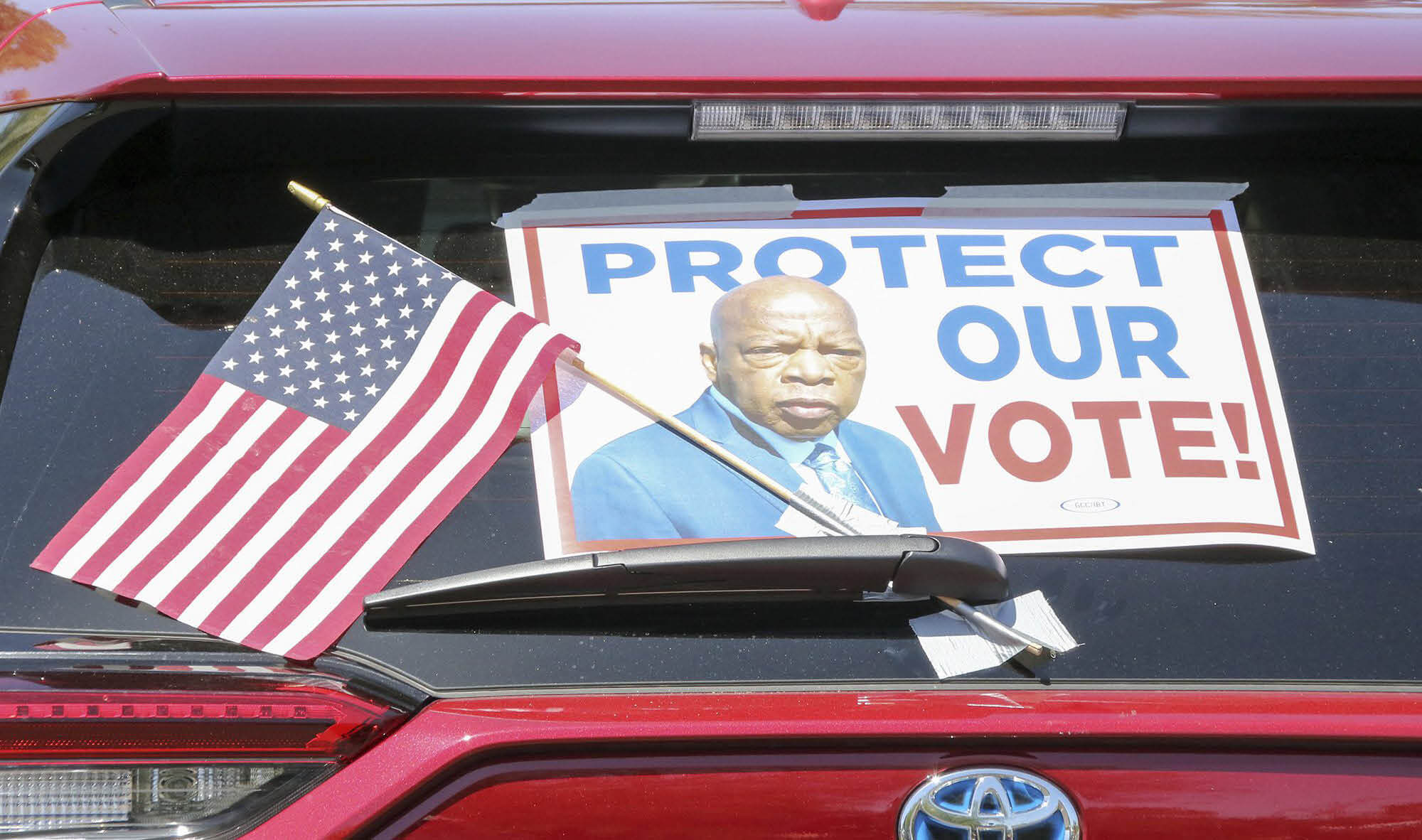Limiting minority voting power

Since the Supreme Court struck down a key provision of the Voting Rights Act in 2013, minority voter underrepresentation has intensified—especially in places where Black, Asian, and Latino voters are on the brink of being electoral majorities, a new Berkeley Haas study has found.
The researchers found that minority voter registration and representation dropped by up to 6.3 percentage points in cities that had new freedom to change voting rules following the Shelby County v. Holder decision, which effectively lifted “preclearance” rules requiring federal approval for election changes in states and counties with a history of voter discrimination.
Underrepresentation was highest in cities where minorities account for a pivotal 55% to 60% of the voting-age population. Minority voter underregistration rates were highest at a similar spot—when levels of minority population shares were between 45% and 50%.
This pattern suggests organized and concerted efforts to limit minorities’ voting power, says co-author Professor Francesco Trebbi.
“This tells you that there is something going on here that is not just explained by minorities voting or participating less,” Trebbi says. “Something is deeply skewed in terms of the electoral playing field here, and it’s surgical.”
The findings are compelling evidence that voter disenfranchisement is not a relic of American history, but is now on the rise.